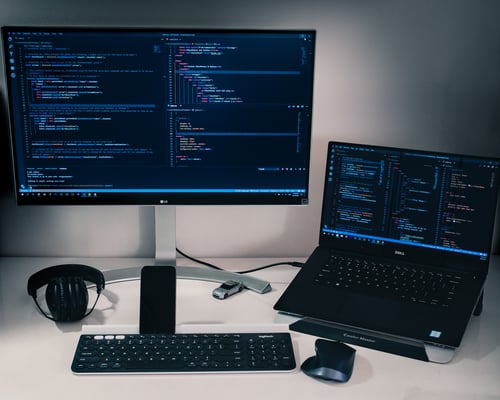On November 16, 2021, EasySend announced that they raised $55.5 million in a Series B funding round for their no-code development platform. This, combined with prior funding rounds, means that the company has successfully raised $71.5 million in a short span of two years.
How EasySend utilizes no-code development in the customer journey space
EasySend is a no-code development platform with an emphasis on customer journeys. EasySend’s no-code development platform allows business users to make updates on their own, rather than rely on a developer. By cutting out many of the more manual processes typically associated with development, EasySend aims to help customers cut spending while still potentially seeing an increase in revenue. The company expects to use the Series B investment to fund new templates, hire talent, and continue business development efforts.
What are No-Code Development Platforms?
No-code development platforms are tools designed to help users without a formal coding background develop software, often by allowing them to simply drag and drop components as needed.
For EasySend, their customer journey application is based on having a drag and drop interface to simplify and digitize customer interactions. By focusing specifically on improving customer journeys, EasySend has a unique business use case within the no-code development space.
Business applications: the top use case for no-code development platforms
G2 reviewed products that offer no-code development platforms to better understand the use cases that drive no-code development. What we found painted an interesting picture of the current state of no-code.

According to G2 data, the most common go-to-market strategy for no-code development platforms is developing business applications. About 40% of the products in G2’s No-Code Development Platforms category target business applications. This use case is about 50% higher than the second most common use case: consumer-facing apps and websites.
EasySend’s positioning is interesting, given the landscape of no-code development. As G2 data highlights, no-code tools primarily go to market as general-purpose application builders. The tides may be turning in how outside investors look at no-code, with interest in EasySend serving as evidence that there is room in the market for no-code platforms with a narrower focus.
While it remains to be seen how this funding will impact EasySend, it’s clear that investors believe in the future of no-code. As no-code continues to soar in popularity, it is likely that more vendors will look to integrate no-code into their business applications soon.



 by Michael Pigott
by Michael Pigott
 by Michael Pigott
by Michael Pigott
 by Michael Pigott
by Michael Pigott